The Amish in Montana: 2023 Guide (11 Communities)
Montana has had a continuous Amish presence since 1974. The state’s 11 communities range from the oldest at Rexford (Lincoln County) in the state’s mountainous northwest corner, to Rosebud County in the eastern Plains. The state’s Amish population as of 2023 is approximately 1,300 Amish people.
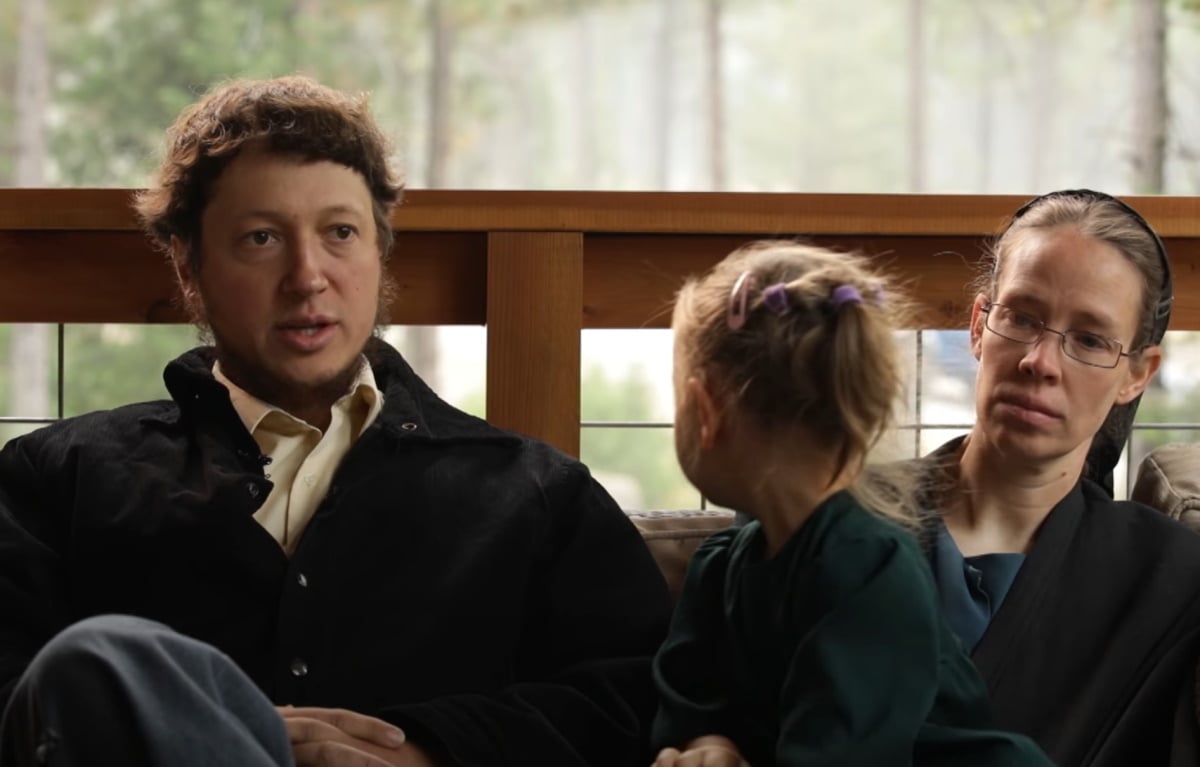
Amish Communities in Montana
Amish first settled in Montana in 1903, though that pioneer community has since ceased to exist. The current group of Montana Amish settlements includes seven communities founded in the last ten years.
- Rexford, Lincoln County (West Kootenai) – The West Kootenai area, lying a few miles from Canada, is home to the oldest Montana Amish settlement. The Rexford group holds a yearly school auction in late spring.
- St. Ignatius, Lake County – The single-congregation St. Ignatius community also features an annual school auction.
- Fergus County – Montana’s largest Amish settlement is found in Fergus County in the area of Moore and Lewistown
- Other Montana settlements – Amish communities are also found in over a half-dozen other locations in the state.
- Libby Community – This group emerged from a horse-and-buggy Amish background and maintains some similar practices but is not considered an Old Order Amish church today
Rexford (West Kootenai)
The oldest Montana Amish community is found near the town of Rexford in Lincoln County. Amish first settled here in 1974. Despite its age, the community is small, at just a single congregation (approximately 180 Amish in this case). The area is commonly known and referred to as West Kootenai.
The West Kootenai community, lying a stone’s throw from the Canadian border, is known for its impressive vistas and scenic mountain views. Amish from Eastern settlements traveling in the West are known to stop and visit at Rexford among other communities.
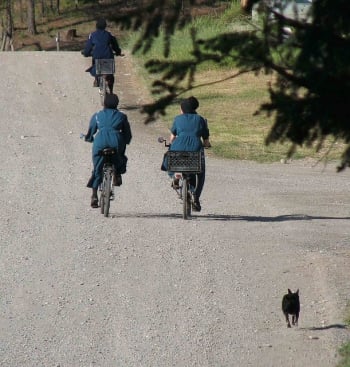
The Rexford area is home to the annual West Kootenai Amish Community Auction, which helps to fund the local Amish school. The auction is held on the second Saturday in June each year. The location is 250 Whitetail Dr, Rexford, MT 59930.
Items sold at the auction include log furniture, cedar furniture, machinery, log cabins, gazebos, wall hangings, wood carvings, handcrafted items, and hand-stitched quilts. Quilts are made by local Amish as well as by Amish from other settlements around the country. Amish provide lunch at the event, which includes barbecued chicken, pie, ice cream, and baked goods. See photos from the 2021 event.
Amish from Rexford achieved a degree of publishing fame with the 1988 release of a cookbook entitled Amish Country Cooking by the Amish of the West Kootenai, Rexford, Montana. This guide to Plain cuisine was one of the first books translated into the Japanese language, in response to significant Eastern interest in the Amish people (“Japanese Interest in the Amish”, David Luthy, Family Life, Dec 1997). Amish at West Kootenai/Rexford also produce log and rustic style furniture (read more about Amish furniture in Montana).
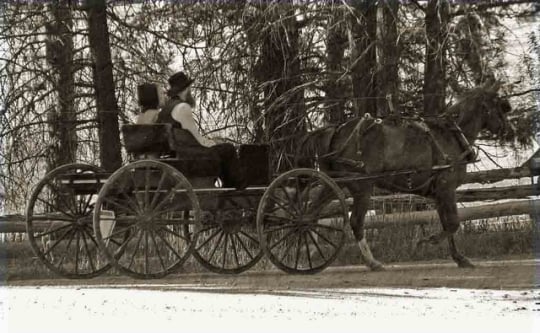
Amish at Rexford were heavily hit by a 2017 wildfire in the area. Though no lives were lost in the community, the fire claimed 40 buildings, including ten homes. Amish resident Andy Yoder commented on the fire at the time: “It was something that most people don’t ever see in their lifetime,” Yoder said. “Your everything totally flattened, just a heap of metal. There were things there that just had me at awe. The heat and the fire and wind that was involved, you could see the evidence of it.”
He also noted the special nature of the community: “We’re kind of a unique community back there,” Yoder said. “There’s one road back in there and one road back out. Most people know everybody, not just the Amish. We’re helping each other all the time. So this is going to just help strengthen that relationship. Not just amongst the Amish, but through the whole community.” Read more on the Rexford Amish community.
St. Ignatius (Lake County)
The Amish community at St. Ignatius in Lake County lies within a three-hour drive of the Rexford community. The St. Ignatius group began settling the area in 1997, and like Rexford, is a single congregation in size as of 2023 (140 Amish).
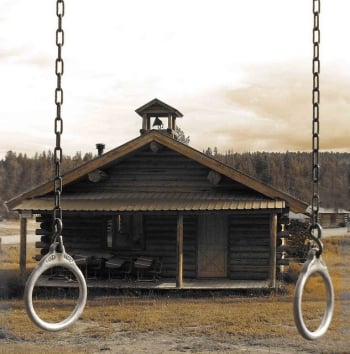
Also like the Rexford Amish, the St. Ignatius group holds a well-attended auction. The Mission Valley Annual Amish Community Auction is held annually on the weekend after the July 4th weekend. The location is the local Amish school, at 13137 Foothills Road, St. Ignatius, MT 59865.
A listing of the items up for sale includes: quilts, furniture, log cabins, crafts, machinery, sheds and mini-barns, children’s playhouses, lawn furniture, log furniture, and a number of other items. Lunch is provided by the Amish, with past menus including barbecued chicken, cole slaw, potatoes and gravy, rolls, ice cream, and pie.
Like the Rexford Amish auction, a portion of the proceeds from the Lake County auction is used to benefit the Amish school. In a 2021 article, it was reported that it costs approximately $30,000 per year to run the school. That money goes towards things like teacher salaries, maintenance, and heating costs. Amish in this community have also used the auction to raise funds for the local emergency ambulance service.
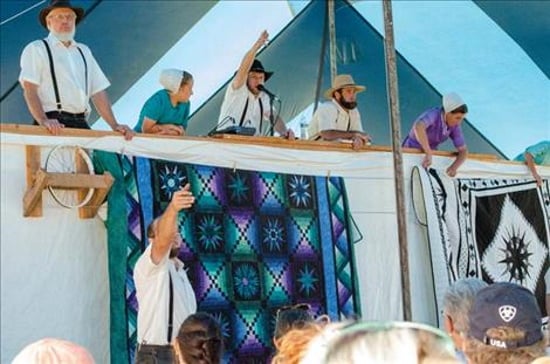
Some Amish at St. Ignatius take advantage of the recreational opportunities provided by the surrounding areas. As detailed in a 2020 article in Powder magazine, a number of Amish in this community enjoy backcountry skiing. Amish communities in Western states tend to be more progressive, and this type of activity might be taken as a sign of that disposition. Article author Clare Menzel, who accompanied a group of Amish on a ski trip, noted that “almost every Amish home down in St. Ignatius has a scope trained on these mountains—originally to observe wildlife and weather, and now to keep tabs on skiers.”
Other Montana Amish Communities
In addition to those Montana communities listed above, Amish can be found in the following locations:
- Broadwater County (Toston/Townsend)
- Carbon County (Roberts)
- Cascade County (Cascade)
- Fergus County (Moore/Lewistown)
- Golden Valley County (Dean Creek)
- Musselshell County (Roundup)
- Ravalli County (Stevensville)
- Rosebud County (Ashland/Forsyth)
- Sanders County (Plains)
Of these, the community in Fergus County is currently the largest in the state, with about 215 Amish residents, and two church districts. The community at Roundup (Musselshell County) is also two churches in size, though not quite as populous. All of the other settlements are a single church district in size, some ranging from just two dozen residents, while others have close to 150.
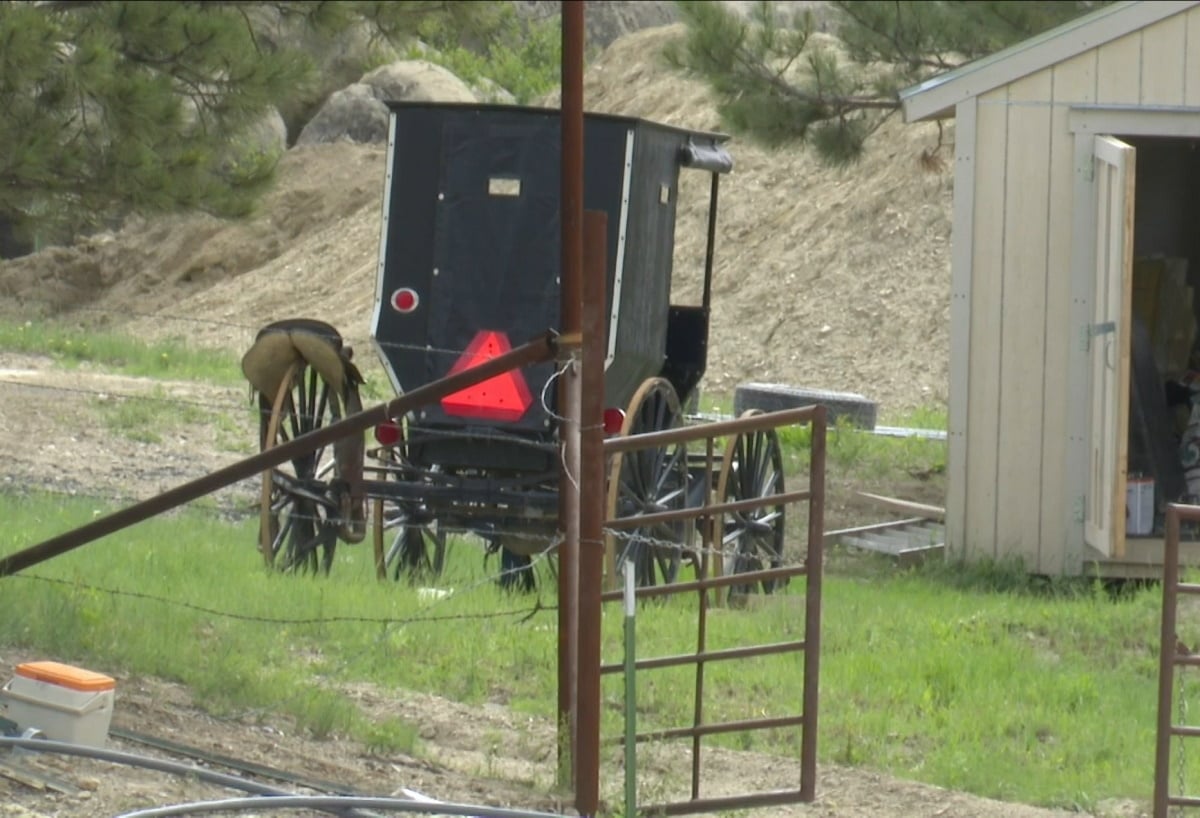
Roundup made the news in 2023 following flash flooding in the area. Amish helped their non-Amish neighbors in building a new road for access in and out of the very remote community. “The Amish community here…they have been amazing,” said one resident. “They have the construction knowledge and have put this road in so people can get out, and we are very very thankful for their expertise, and their willing[ness] to help everybody that is not in their family and community.”
Libby Community: Is it Amish?
The Libby community (Libby, Lincoln County) emerged from a horse-and-buggy Amish background, comprised of members who previously lived in the West Kootenai settlement. The Libby group maintains ties with similarly-minded communities in Bonners Ferry, Idaho, and others in Eastern states including Pennsylvania.
Though they have experienced a shift away from the Old Order including a change in theological emphasis and the adoption of vehicles, they maintain some cultural similarities with horse-and-buggy Amish churches. However with these changes, in particular acceptance of motor vehicles, this would mean that the community is not an Old Order Amish group today.
Like other plain Montana communities, the Libby group holds an annual auction known as the Eagle Valley Community Auction, occurring every third Saturday in May. Items for sale in previous editions have included log homes and cabins, pavilions, quilts, crafts and handmade furniture. The auction takes consignments and has booths available for vendors. The auction also benefits the community’s school. Quilts, furniture, crafts and other items can be donated to this end.
The Amish-style meal served includes charcoal-roasted barbecue chicken, mashed potatoes, gravy, coleslaw, and dessert. The address for the auction is 50 Meadowlark Lane, Libby, MT 59923.
Historic Montana Amish settlements
Throughout their history, relatively few Amish have settled in Montana. Besides the current communities, the state has also seen a handful of Amish communities arise and then eventually “go extinct”.
One Amish community existed in the Treasure State in the early-to-mid 1900s, in Dawson County. Historian David Luthy explains that Amish from North Dakota came to the area of the future town of Bloomfield, lured by inexpensive land sold by the railroad, as well as free plots offered through the Homestead Act.
Over the years, other Amish joined them from communities such as Garnett, Kansas, Nappanee, Indiana, Dover, Delaware, Salinas, California, Fayette County, Illinois, and Coleman, Michigan (The Amish in America: Settlements that Failed 1840-1960, pp. 261-266).
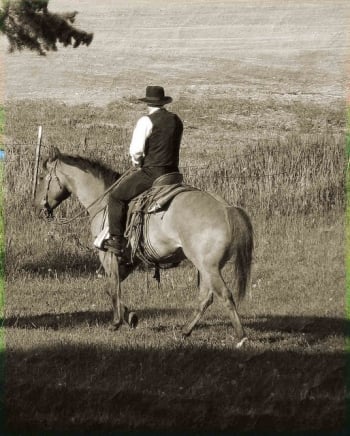
The community was isolated, with the nearest trading post a thirty-mile ride by wagon. An unusual situation arose at Dawson County, with one of the Amishmen handling postal duties for the fledgling community, beginning in 1906. The post office was soon relocated to a larger town, however. David Luthy notes that “Less than three years later it no longer existed, bringing to an end a rarity in Amish history – the occupation of postmaster” (Settlements that Failed, p. 264).
Amish in Dawson County raised wheat, oats, alfalfa, flax and barley. They also mined free coal from the abundant veins in the region. The settlement had a resident minister for nearly all of its existence, but eventually failed.
One reason for its failure was the drying up of free land. With most available homesteads claimed, the enticement of land was no longer there to draw settlers to the remote region. The Dawson County community ceased to exist in 1935 (Settlements that Failed, pp. 264-267).
The Dawson County community is not the only extinct Amish settlement. During the 1990s and 2000s, at least two more Montana Amish communities came and went. The community at Libby, in Lincoln County, was founded in 1992, going “extinct” as an Amish settlement in 2004. Another short-lived settlement was found at Gold Creek (Powell County) from 2004-2006 (Amish Settlements Across America: 2008, David Luthy). The Whitehall settlement (Jefferson County), founded in 2001, can also be included on this list.
Montana continues to draw Amish Westward
Outside of their original homeland of Pennsylvania, Amish have also settled heavily in the Midwestern corn belt. But with rising land prices in these traditional areas, a number of Amish have headed west.
Amish interest in the West is not new, however. Pioneer Amish attempted to settle in Western states in earlier eras. In addition to the Dawson County settlement described above, the late 1800s and early 1900s saw Amish forming new communities in California, Arizona, and Oregon, among others.
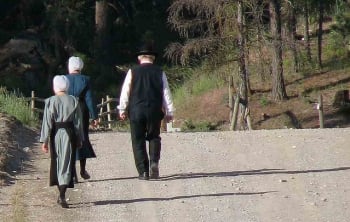
In the present day, Montana, like Colorado, South Dakota, and other states, has attracted Amish with an adventurous spirit and willingness to travel in search of greener pastures. Looking back over the past decade-plus, Amish interest in the Treasure State has by all indications continued to grow.
Since 2010, Amish have added a net total of a half-dozen new settlements across the state (at least one community, that at Whitehall, ceased to exist in that time span). While life in Montana communities may in some ways be unconventional for Amish residents, as in other circumstances Amish people have proven adaptable. They have been able to make a living far from the traditional Midwestern heartland, while maintaining their Old Order Amish identity.
For further information, see:
- The New American Almanac, Raber’s Bookstore (Baltic, Ohio), Ben J. Raber
- The Amish in America: Settlements that Failed, 1840-1960, David Luthy
- “Japanese Interest in the Amish”, David Luthy, Family Life,Dec 1997
- “Amish Population, 2023” Young Center for Anabaptist and Pietist Studies, Elizabethtown College
- “Amish Population in the United States by State, County, and Settlement, 2023” – compiled by Edsel Burdge, Joseph F. Donnermeyer, and Adam Hershberger
- Amish Settlements Across America: 2008, David Luthy
- Amish Country Cooking by the Amish of the West Kootenai, Rexford, Montana
Photo credit: all Montana Amish photos by James Anderson unless otherwise noted


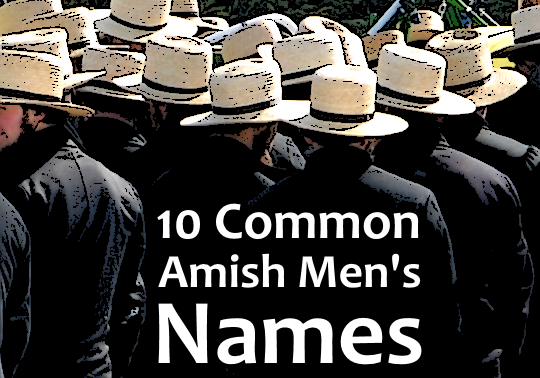

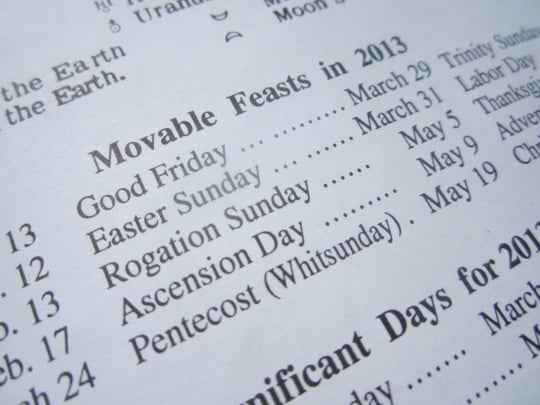
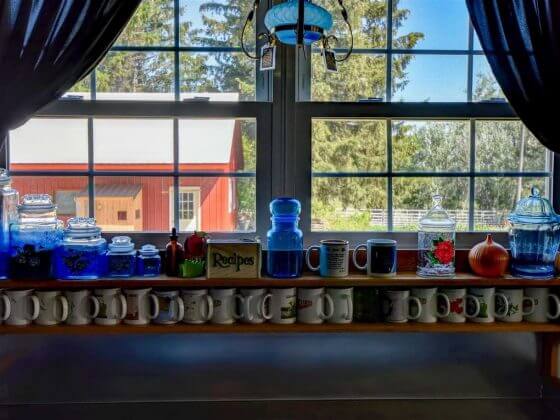
Stevensonville
https://bitterrootstar.com/2019/01/amish-community-chooses-stevensville-area
Looking for Information about the St. Ignatius Amish Community.
Hi everyone. I am an author who is writing a book set in the St. Ignatius Amish community. I’m wondering if anyone lives nearby and would be willing to talk with me about the community. Thanks so much. Mary
Draft Horse
One of my son’s Percherons just died and he needs them for feeding cattle. Do you know of anyone that would have any draft horses for sale?
Thank you,
Cheryl
One idea re draft horses....
A long shot. But the former ranch manager at Grant Kohrs National Historic Site in Deer Lodge had a team of Belgians. The Ranch is quite well-connected with Montana ranchers, too. So somewhere there, maybe the new Ranch Manager, may have some suggestions. https://www.nps.gov/grko/index.htm
Toston
I was just driving out east of Toston on River Road and came across an Amish wagon and buggy full of folks. Is there a community out there?
Meeting of some Amish
30 + years ago I was driving a van around America,( I’m English). I’d seen a sign that said there was going to be an auction at 6 one Saturday. We arrived before 6 only to learn it was actually 6 am. The families around Kootenai MT apologised for their sign not saying am or pm. They invited us into their home, fed us food and allowed us to stay the night. The following day being Sunday, they headed to church, I was excited to try a ride in a buggy but they were more excited in climbing into the back of our van and being driven. They built log homes and were some of the loviest homes I’d ever seen. Kootenai Log homes.